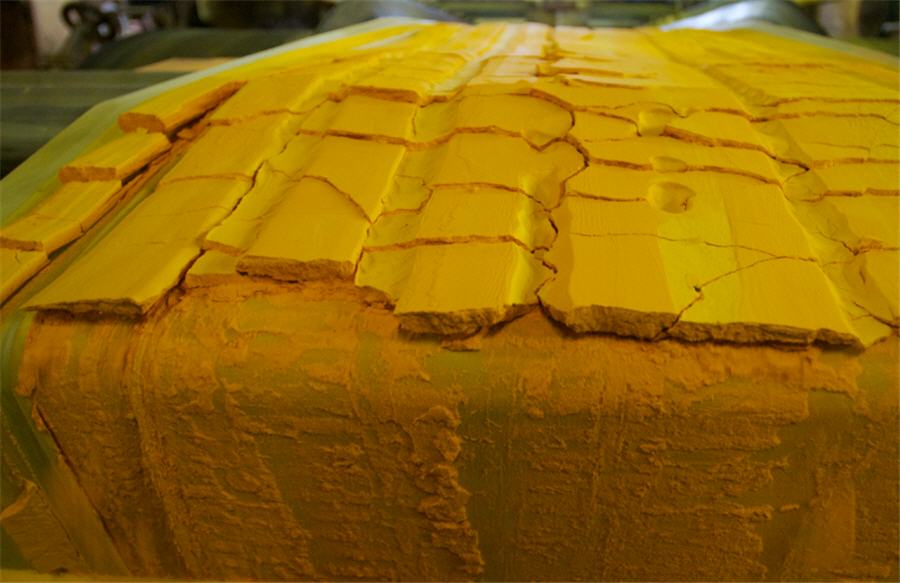Kazakh uranium output unaffected by unrest

Uranium prices have spiked to $45.5 per pound, the highest since November 30, as protests and security crackdowns spread across the country.
The widespread protests initially started in the oil-rich west of the country in response to rising prices of liquefied petroleum gas (LPG), which many Kazakhs use to power their cars. The protests have now grown to include critics of Kazakhstan’s long autocratic rule.
Kazakhstan has a history of social upheaval. Nursultan Nazarbayev ruled a former Soviet state, Kazakhstan, from 1991 until 2019. Nazarbayev ally Kassym-Jomart Toqayev was elected president in a vote condemned by observers as unfree in 2019. Nazarbayev remained in government in a national security position.
To subdue the protests, Toqayev dismissed his cabinet and Nazarbayev, BBC News reported. Toqayev has also called on Russian-led regional security organization CSTO to restore order to the country.
Around 1,000 have been injured, while ‘dozens’ of anti-government protesters have been killed in Kazakhstan’s largest city Almaty.
The continued unrest on January 6 prompted a selloff of uranium stocks quoted in Toronto, halting uranium equities rallying up until Wednesday.
Canadian uranium companies such as Cameco (TSX: CCO), Denison Mines (TSX: DML), and NexGen Energy (TSX: NXE) retreated from their gains, each falling between 5% to 7% in early mooring trading Thursday.
Kazatomprom’s London-listed shares were down almost 5% on Thursday, to the lowest since end-September and adding to Wednesday’s 8% drop. But shares in other uranium producers, such as Cameco, were up till Wednesday, trending up nearly 12% in the year to date.
‘Minor discomfort’
Kazakh uranium accounts for about 40% of global uranium production. Kazatomprom’s attributable production represented about 23% of global primary uranium output in 2020, according to the company’s website.
Uranium mines are placed in remote regions of Turkestan oblast, largely unaffected by ongoing protests and clashes within the country. As of January 6, there were no reports of the uranium workers joining the disruptions.
CRU Group’s EMEA consultant, Toktar Turbay, said that while there might be some logistical hurdles with delivering products to the borders, since significant routes pass through the Almaty region where all the significant clashes are ongoing, the read-through for uranium producers might cause “some logistical discomfort, rather than anything else.”
“More than half of Kazakh uranium exports goes to China. It is just likely to create minor discomfort rather than anything else,” he said in a statement to The Northern Miner.
“In the last decade, China has accumulated vast uranium inventories that can cover 11 to 12 years of uranium demand needs. Any short-term disruptions will leave enough uranium in the inventories to cover the immediate needs of the market.”
According to UxC, the spot uranium price crossed above the $30 per pound level in August, after a year-long sideways crawl. It ended 2021 on a high note, touching above $45 per pound in November before falling to $42 per pound by December.
With files from Reuters.




